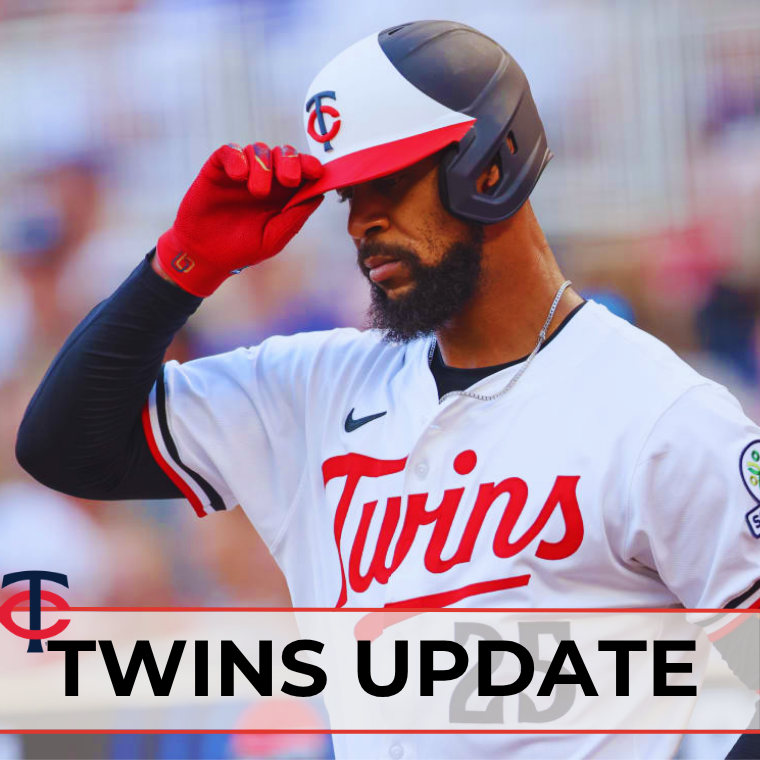Understanding Taylor Swift’s Religion: A Look at Her Faith and Public Statements
Introduction: Exploring Taylor Swift’s Relationship with Religion
Taylor Swift is one of the most influential pop artists of her generation, with her life and career often under intense public scrutiny. Among the questions frequently asked by fans and observers alike is the nature of her religious beliefs. Understanding Taylor Swift’s religion requires examining her public statements, the spiritual and religious imagery in her music, and the evolving landscape of faith in modern pop culture.

Source: whatreligionisinfo.com
Taylor Swift’s Early Religious Background
Taylor Swift grew up in Pennsylvania in a culturally Christian environment. She attended Alvernia Montessori School, which was run by the Bernardine sisters, and her family managed a Christmas tree farm, both signaling early exposure to Christian traditions and values. References to God and spirituality appear in her early music, such as her 2008 song “Christmas Must Be Something More,” which highlights the spiritual meaning of Christmas and directly mentions Jesus Christ. However, even in her early work, her theology was somewhat broad and not aligned with a specific denomination or strict doctrine [3] .
Public Declarations of Faith
In 2020, during the Netflix documentary “Miss Americana,” Taylor Swift made a clear public statement about her religion, saying, “I live in Tennessee. I’m a Christian. That’s not what we stand for,” in response to certain political positions. This declaration was significant because, as a global celebrity, she often avoided making strong statements about her personal beliefs. Her comment in the documentary was widely noted as one of her most explicit affirmations of Christian identity [1] . Clips of Swift identifying as Christian have circulated on social media, further confirming her willingness to align herself with Christianity publicly [5] .
Religious References in Music and Public Life
Despite her early and explicit identification as Christian, Taylor Swift’s music and public statements in recent years have shown a more fluid relationship with religion. Her 2024 album, “The Tortured Poets Department,” is filled with a wide range of religious references, from Christian metaphors to allusions to witchcraft, divination, and other spiritual practices. Critics and commentators note that her newer work draws from an eclectic mix of spiritual and religious imagery, reflecting broader trends among millennials and Generation Z, who often blend different beliefs and practices rather than adhering strictly to one tradition [1] .
For example, the album incorporates references to Good Samaritans, Jehovah’s Witnesses, altar sacrifices, and prophecies, alongside themes associated with fortune-telling and tarot cards. This syncretic approach mirrors contemporary shifts in American religious identity, where a significant portion of young people identify as atheist, agnostic, or “nothing in particular,” yet still engage in spiritual practices [1] .
Interpreting Taylor Swift’s Faith Today
Assessing Taylor Swift’s current religious beliefs is complex. While she has publicly identified as Christian, her recent music suggests a journey of spiritual exploration and possibly deconstruction-a process where individuals reevaluate or move away from the religious beliefs they grew up with. Some commentators argue that her values and moral views align more closely with progressive Christian denominations such as the Episcopalians, which are generally more accepting of diverse perspectives and less literal in their interpretation of scripture [3] .
Others note that Swift’s willingness to use religious and spiritual imagery in her lyrics, sometimes critically or satirically, indicates a nuanced and evolving relationship with faith. For example, her song “I Can Fix Him (No Really I Can)” has been interpreted by some as mocking traditional Christian concepts like prayer and divine intervention, leading to criticism from certain religious commentators [2] .
Navigating Conflicting Interpretations and Public Perception
Taylor Swift’s religious identity is the subject of ongoing debate. While some Christian commentators emphasize her Christian upbringing and explicit statements of faith, others argue that her current work reflects skepticism or even opposition to traditional religious norms. This divide is apparent in media coverage and fan discussions: some celebrate her openness and inclusivity, while others are critical of her perceived departure from orthodox beliefs [3] [2] .

Source: whatreligionisinfo.com
For fans seeking to understand Swift’s perspective, it is important to recognize that religious identity can be deeply personal and may change over time. Swift’s journey reflects broader trends in American spirituality, where individuals increasingly define their beliefs on their own terms, blending traditions and questioning long-held assumptions [1] .
How to Learn More About Taylor Swift’s Faith and Spirituality
There is no official website or central authority that provides definitive information about Taylor Swift’s current religious beliefs. However, fans and researchers interested in learning more can:
- Watch Taylor Swift’s Netflix documentary “Miss Americana” for direct statements about her beliefs and values.
- Read critical articles and interviews from reputable news and religious analysis sites such as Religion News Service and Patheos for context and interpretation.
- Examine her lyrics closely, especially in albums like “The Tortured Poets Department,” to identify recurring spiritual and religious themes.
- Stay updated on recent interviews or public statements, as artists’ views may evolve over time.
It is important to approach this subject with an open mind and an understanding that beliefs can shift, especially in the context of personal growth, public scrutiny, and changing societal attitudes.
Steps for Exploring Religious and Spiritual Themes in Contemporary Music
If you are interested in analyzing how popular artists like Taylor Swift engage with religious and spiritual themes, you can:
- Identify explicit references to religious concepts, imagery, or practices in the lyrics.
- Research the historical or doctrinal context behind those references to better understand their significance.
- Compare the artist’s statements in interviews or documentaries to the themes present in their music.
- Engage with fan communities, academic articles, and critical essays for diverse perspectives on the artist’s work.
- Recognize the role of cultural trends and generational shifts in shaping how artists approach faith and spirituality.
By following these steps, you can gain a deeper appreciation for the complexity of religious identity in contemporary pop culture and how artists like Taylor Swift contribute to ongoing conversations about faith and meaning.
Conclusion: Taylor Swift’s Religion in Context
Taylor Swift’s religious journey mirrors the experiences of many in her generation-rooted in a Christian upbringing, publicly identified as Christian, yet increasingly open to diverse and syncretic spiritual influences. Her music and public statements suggest an ongoing process of exploration and reevaluation rather than strict adherence to a single faith tradition. Ultimately, her approach encourages fans to reflect on their own beliefs and the evolving landscape of spirituality in modern life.
References
- [1] Religion News Service (2024). Taylor Swift’s ‘TTPD’: Religious imagery for a spiritually syncretic era.
- [2] Movieguide (2024). Taylor Swift Mocks Christianity in Her New Album.
- [3] Patheos (2023). What Religion Does Taylor Swift Practice?
- [4] Premier Christianity (2023). The changing faith of Taylor Swift.
- [5] TikTok (2024). Taylor Swift calls herself a ‘Christian’.
MORE FROM searchhole.com













